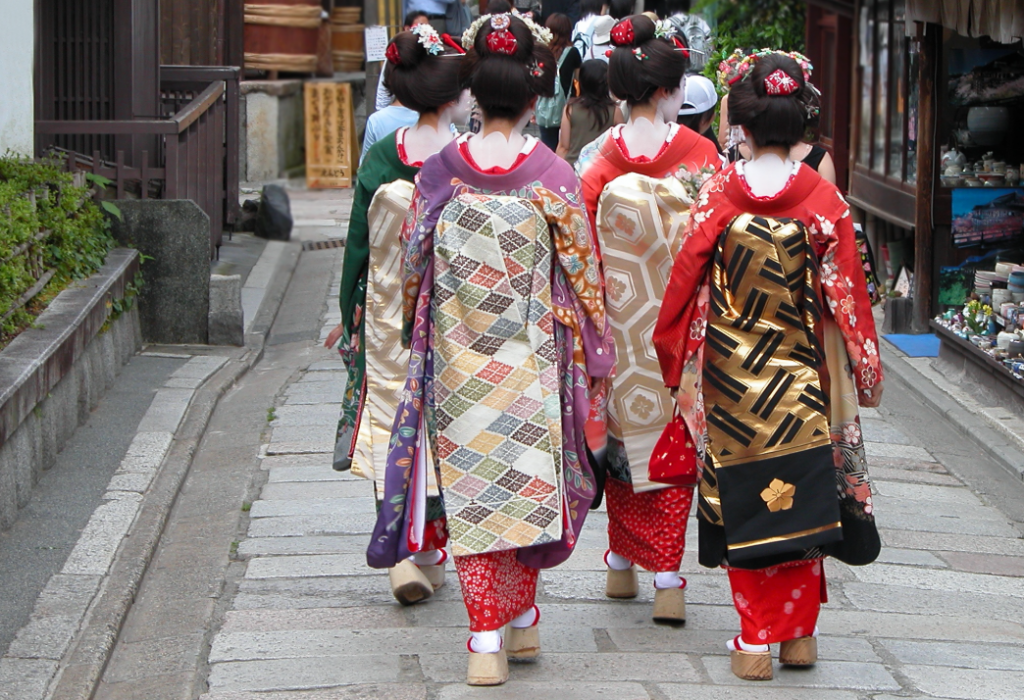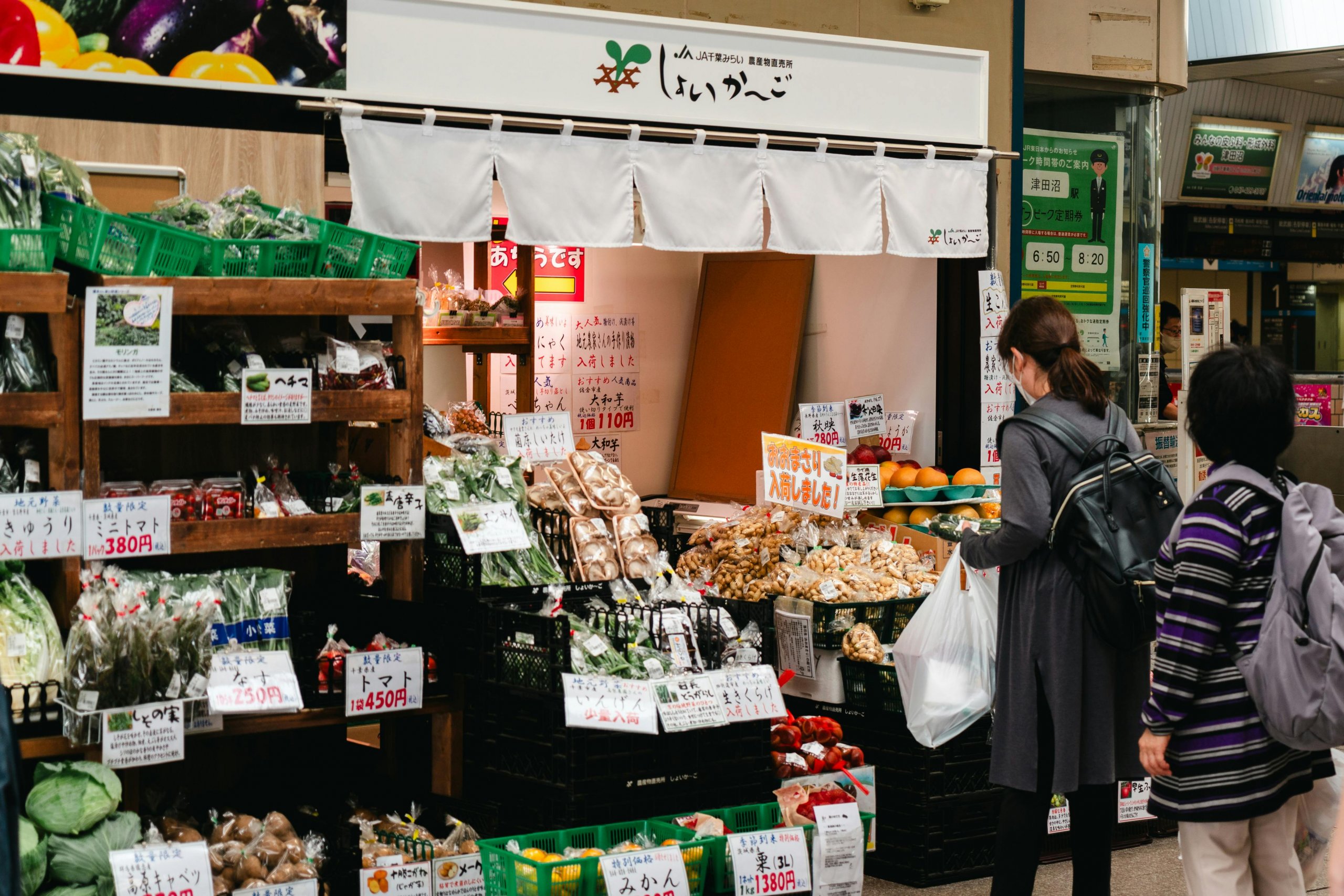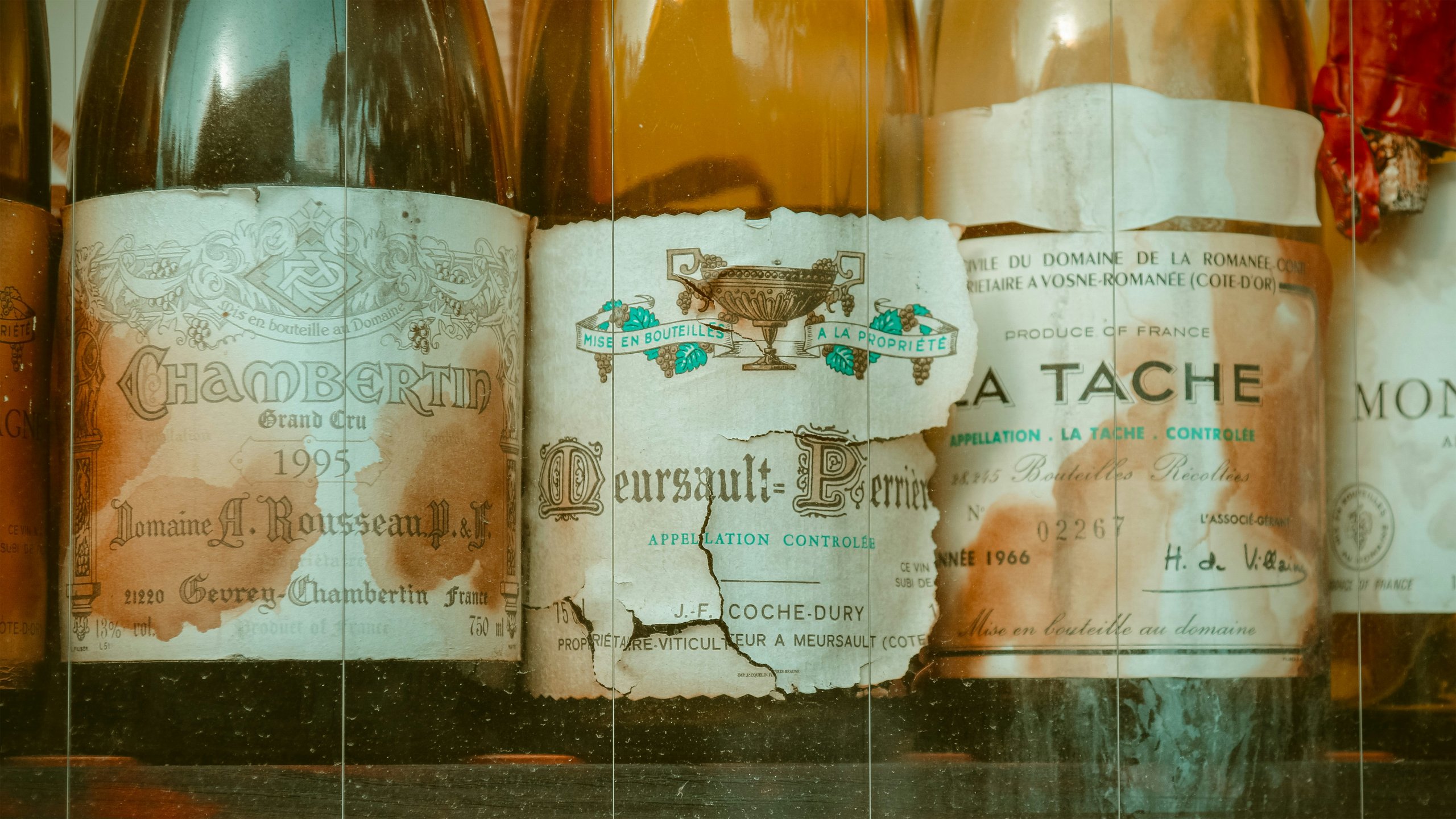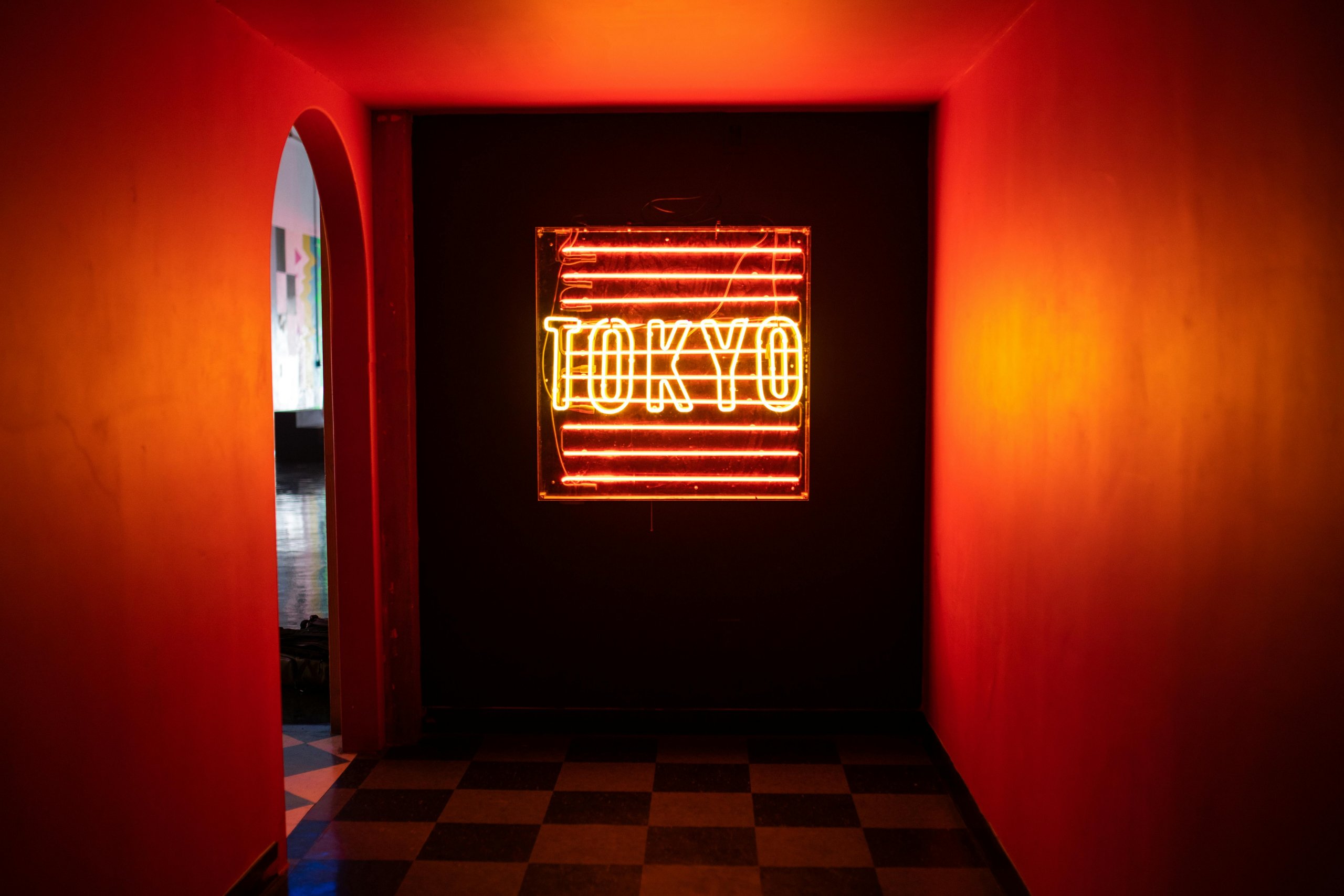Kagurazaka, one of Tokyo’s six hanamachi geisha districts
(direct translation: “flower towns”) alongside Akasaka, Yoshicho, Shimbashi, Mukojima, and Hachioji, displays a rich history dating back to the 17th century Edo period when the district thrived as a center for geisha performances. At its peak in the early 20th century, Kagurazaka had nearly 600 active geishas performing across the neighborhood at various restaurants and ochaya (“teahouses”).

Kagurazaka became one of the most popular geisha districts due to its proximity to Edo Castle, the residence of Japan’s imperial family. A road was constructed to connect the castle to the residence of Sakai Tadakatsu, a high-ranking samurai and feudal lord. This effectively created a “shogun street,” linking Japan’s shogunate to the surrounding areas near the fortified walls of Edo Castle.
Remarkably, Kagurazaka was the only geisha district to survive the devastating Great Kanto earthquake of 1923. While the number of active geishas in Kagurazaka has dwindled to around 17, the neighborhood’s cultural heritage prevails through seasonal festivals, a bevy of traditional Japanese restaurants, as well as a few notable landmarks.
DAY
By day, Kagurazaka’s shotengai (shopping streets) beckon visitors to its many boutiques and specialty shops. Along the historic road traversed by shoguns 400 years earlier, you will discover shops devoted to intricately crafted pottery, umbrellas, handmade hats, and traditional sweets. The neighborhood is also brimming with an abundance of cafes, soba noodle stalls, and weekend markets.

Kagurazaka is also home to three shrines and temples, which signify the neighborhood’s cultural longevity.
Bishamonten Zenkoku-ji Temple: This Buddhist temple was commissioned in 1595 by Tokugawa Ieyasu, a prolific military leader credited with reunifying Japan following a prolonged civil war. Bishamonten is the Japanese form of the Indian god, Vaisravana. Buddhist teachings portray Bishamonten as a towering armored warrior, wielding a spear in one hand and a pagoda in the other. Known as one of the seven lucky gods of Japan, worshippers associate the temple with good luck and prosperity. A bright red torii entrance guards the preserved temple and stands out among the modernized façades of the rest of the neighborhood. The temple serves as the setting for the annual Kagurazaka Festival in July.
Akagi Shrine: Located just off the main Kagurazaka road, Akagi Shrine is one of the oldest structures in the area. First built in 1300, the shrine was completely renovated by architect and University of Tokyo emeritus professor, Kengo Kuma in 2010. Kuma renovated the shrine with both traditional and modern elements, though still in keeping with the main features of a Shinto shrine such as a heiden, a hall reserved solely for priests, and a honden, the shrine’s reliquary.
Tokyo Daijingu: Located between the Kagurazaka and Iidabashi areas, this Shinto shrine was established in the Meiji period as a convenient location to worship deities associated with career prosperity, food, and shelter. In recent years, Tokyo Daijingu became the prime site to pray for attracting a lifelong romantic partner. You will often see that the shrine is frequented by young women elated to receive a good luck omikuji (fortune), in addition to older couples manifesting a spouse for their adult children.

While Kagurazaka preserves its history through year-round celebrations, the neighborhood’s atmosphere has evolved in recent years. Today, it is unofficially known as Tokyo’s “Little Paris,” thanks to the presence of the Institut Français du Japon language school and the subsequent influx of French-inspired restaurants and shops.

NIGHT
At night, Kagurazaka transforms from a quiet shopping street into a spirited display of Tokyo’s nightlife. Beginning at Iidabashi Station, you’ll encounter the main shogun road, which leads directly from the Imperial Palace and flows into the warm, red-orange glow of Kagurazaka’s
lantern-filled streets. Cobblestone paths can be found in the yokocho (alleyways) of Kagurazaka, most notably in Miban Yokocho (“Geisha Alley”) and Hyogo Yokocho.

A two-hour private evening walking tour through the narrow yokocho reveals a serene underworld of traditional ryotei (Japanese restaurants), lively yet intimate izakaya bars, and exclusive geisha houses.

You are likely to come across any of the 23 Michelin-starred restaurants in Kagurazaka, which account for over 4% of all Michelin-starred restaurants in Tokyo.
1 Michelin ★: Fushikino, Kaiseki Komuro, Ichirin, Hato, L’eterre, Guchokuni, Tanimoto
3 Michelin ★★★: Kagurazaka Ishikawa, Kohaku
Though less likely, there is a possibility that you may encounter geisha as they make their way to and from teahouses.
A detour through the more isolated streets introduces you to the luxury boutique hotel, Trunk House. Trunk House was fully restored from its origins as a 70-year-old geisha house. The hotel, which features private butler and chef services, is now outfitted with Japanese elements like a hinoki wood bathtub, as well as international furnishings and materials. The one-suite residence features a hidden private disco, adorned with a dance floor and a fully-stocked bar. The disco lights emit a red and yellow hue that can be seen from outside the window, only adding to Trunk House’s allure.

Kagurazaka’s narrow streets, dotted with intriguing shops and the muted glow of neon lights, invite you to revel in the joy of meandering.
Distance from Aman Tokyo: an approximate 15-minute drive
Distance from The Peninsula Tokyo: an approximate 15-minute drive
Many thanks to our Tokyo-based friends, Yumiko san, Han san, and Kana san for their recent on-the-ground Kagurazaka updates.

